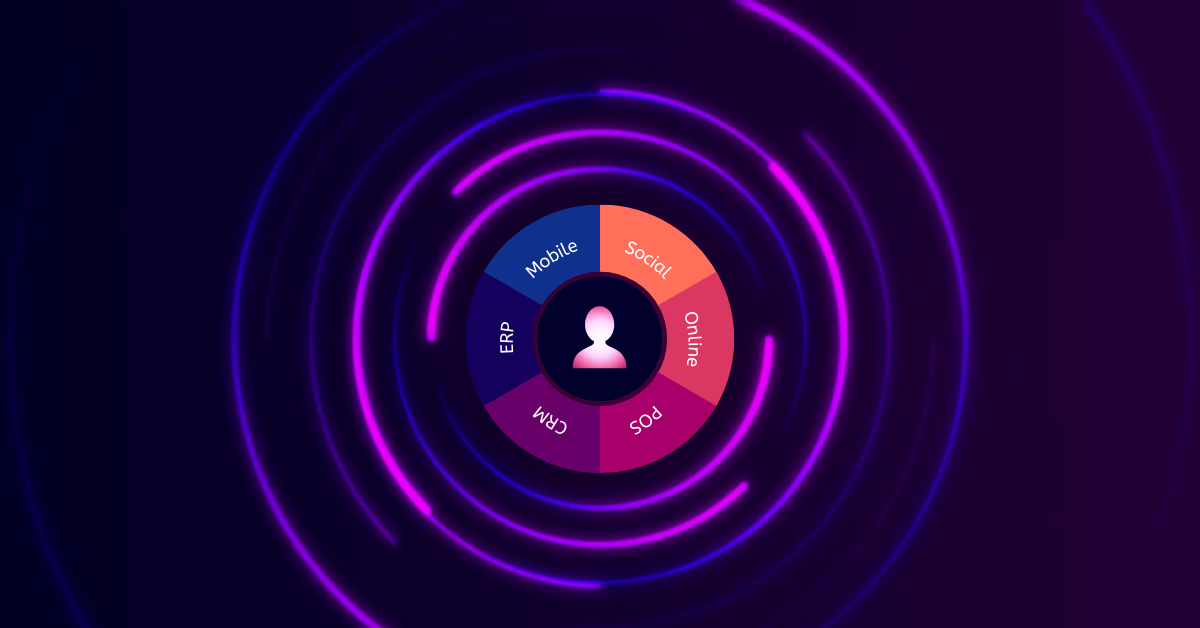Customer expectations have evolved, and without connected data and advanced insights and records, you risk falling short of your competition.
A company that strategically wants to put its customer at the heart of its business needs to think about the customer first, presenting consistent messaging at every touchpoint.
In many businesses, the desire to put the customer first is a value; however, disconnected systems with out-of-date data results in departments holding an inconsistent view of the customer journey. For example, we’ve seen disconnected businesses continue offering marketing discounts to customers who have already purchased that exact product. This is confusing messaging for the customer and negates building trust.
Customer service can also be impacted if the source of data presented to the agent doesn’t match the actual customer record. For example, an existing customer has a product issue, yet the customer service team has to ask for redundant information already taken at the time of sale. The customer service team has to ask these questions to a now frustrated customer because this information is not available at hand, creating a smooth interaction.
How many times have you personally contacted a company providing all the information needed only to be asked for the same information again when passed on to another department? Irritating, right? Connecting systems and providing consistent data would prevent this frustrating scenario from happening.
If there is a known issue with a product, the information should exist so that a company can proactively reach out to all customers who purchased that product before the customer has to take steps to contact the company. That leads to great customer service, especially if you can make the resolution painless for the customer.
We all know it should be getting much easier to connect systems using APIs. However, there are still legacy solutions (many on-premise as opposed to SaaS) that are very weak when it comes to being able to connect to them. There are ways around this, but you need to do the analysis first, understand what is available, when and how and then work out how to fix it. Data integration cannot always be synchronous nor real-time, and sometimes an asynchronous integration can be achieved even if not so elegant. Your team will likely need guidance with your data strategy to ensure a holistic approach.
Unify Data Consultancy reviewed ways that CRM deployments can cause damage without the proper structure established—have a look.

Don’t miss our other article, Benefits of unified data to drive smarter business decisions, where we discuss the holistic customer relationship. The last thing your business needs are data silos, inaccurate customer records, and a poor overall view of the customer journey with misleading customer insights for marketing. With appropriate structure and planning, connecting your systems will empower all your teams with an accurate customer record (in real-time), streamlining processes and offering top-notch customer experiences that are now expected across all industries.
We are Unify, CRM, Data and Analytics specialists for enterprise-level organisations. We work with companies who have started or about to start their digital transformation and help customers to use their data to drive actionable outcomes and drive business efficiency. Contact us today to find out how we can help your digital transformation programme or to conduct a customised data and operational process audit for your business.